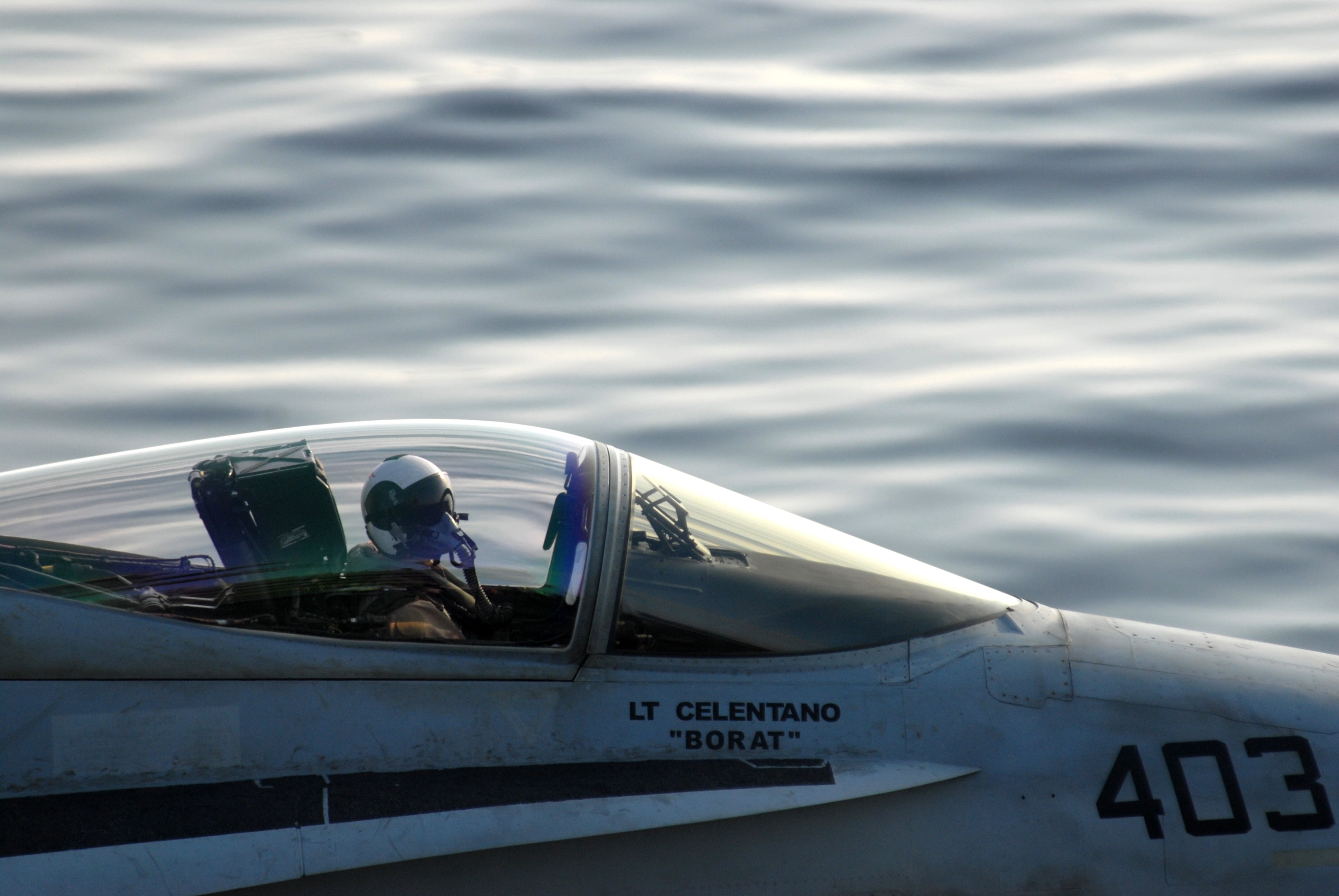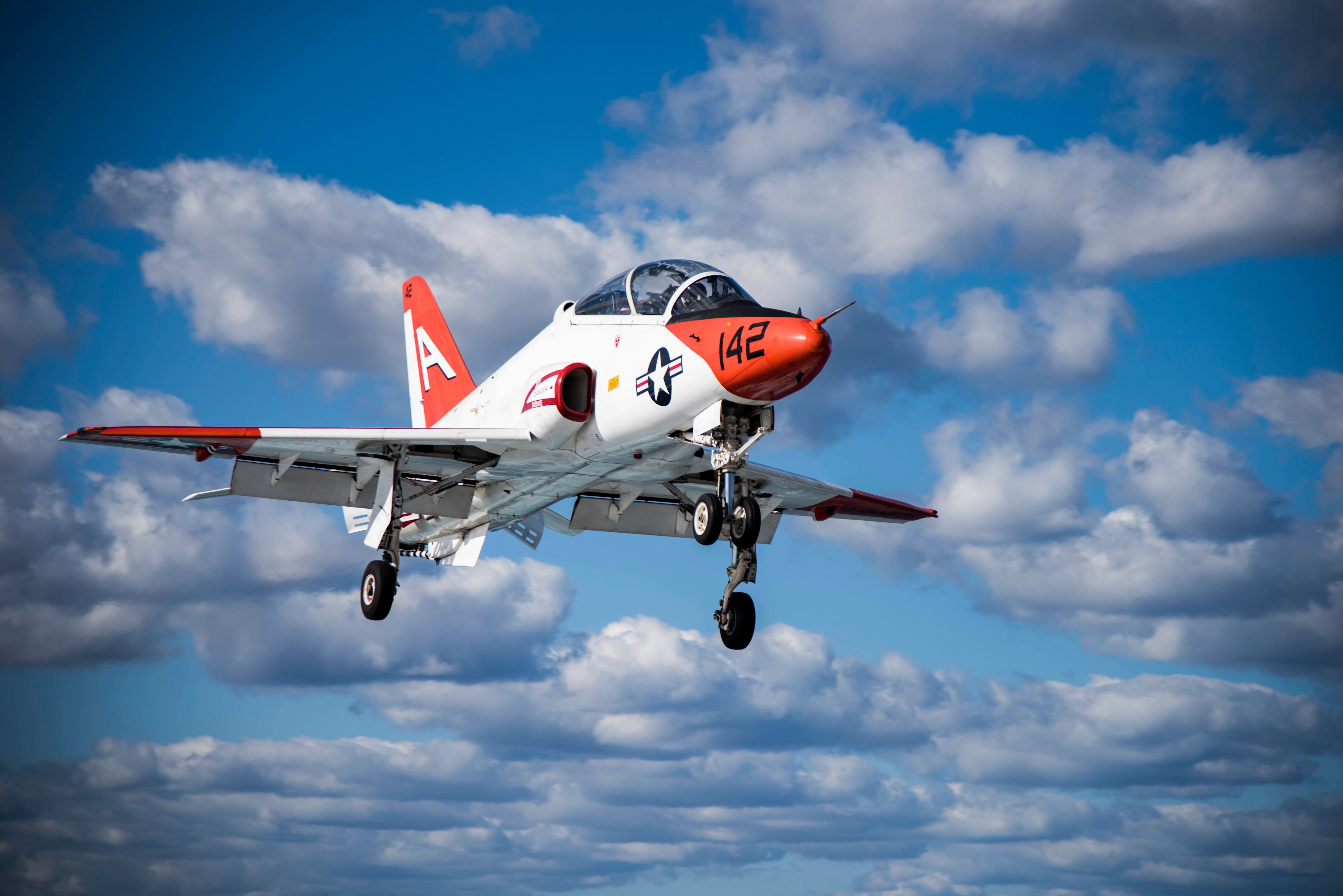The Navy has identified a valve that may be causing problematic pressure changes in F/A-18E and F Super Hornets and E/A-18G Growlers during flight, said a Navy officer who is spearheading the service’s efforts to stop the glaring trend of failures in critical aircraft systems.
“We’re not declaring victory, but we are declaring that we found something to fix and we’re fixing it,” said Capt. Sara Joyner, who has been selected for advancement to rear admiral.
Meanwhile, the Navy has determined that problems that led to the grounding of T-45 training jets earlier this year stem from the aircraft’s small engine not producing enough oxygen flow for the pilots, said Joyner.
Joyner was appointed in August to helm the Navy’s research into preventing fixed-wing pilots from experiencing hypoxia and other physiological episodes while flying.
RELATED

So far, officials have not determined a root cause for the aircraft systems’ problems, but they have discovered a valve in Super Hornets and Growlers that has been freezing, causing cabin pressure to rise or drop substantially, Joyner said on Wednesday.
“We have found a single thing that, at times, may be impacting the aircraft, but it is not the one thing that will solve this problem,” Joyner said.
Starting in 2018, the Navy will add a heater blanket to the valve so it won’t freeze, she said. Navy officials will also test other aircraft components to systematically eliminate any possible problematic factors.
RELATED

With the T-45s, Navy officials found that, at certain points, the oxygen levels for pilots were dipping too low, such as when training jets decelerate or descend, Joyner said. That’s because the oxygen system uses bleed air generated by the aircraft’s relatively small engine.
“It has always been a system where it has had just enough flow, but not a huge margin over the flow that it needed,” Joyner said. “So, any leak — or maybe the engine is tuned a little bit lower for the RPM it’s providing — any of these changes in the aircraft cumulatively could begin to decrease that flow amount.”
The T-45’s engines are also powering an increasing number of systems that are meant to prevent pilots from breathing contaminants, and “that also dropped our flow a little bit,” she said.
When asked if the age of Navy aircraft is a factor in system failures, Joyner said the Navy has a history of upgrading older aircraft so they are safe to fly.
“It’s not just a legacy problem,” she said. “It is a Hornet problem. We’re really trying to look at it holistically and not just say, ‘Oh, this is just an age problem.’ Just saying that it’s because they are old would not be accurate.”




